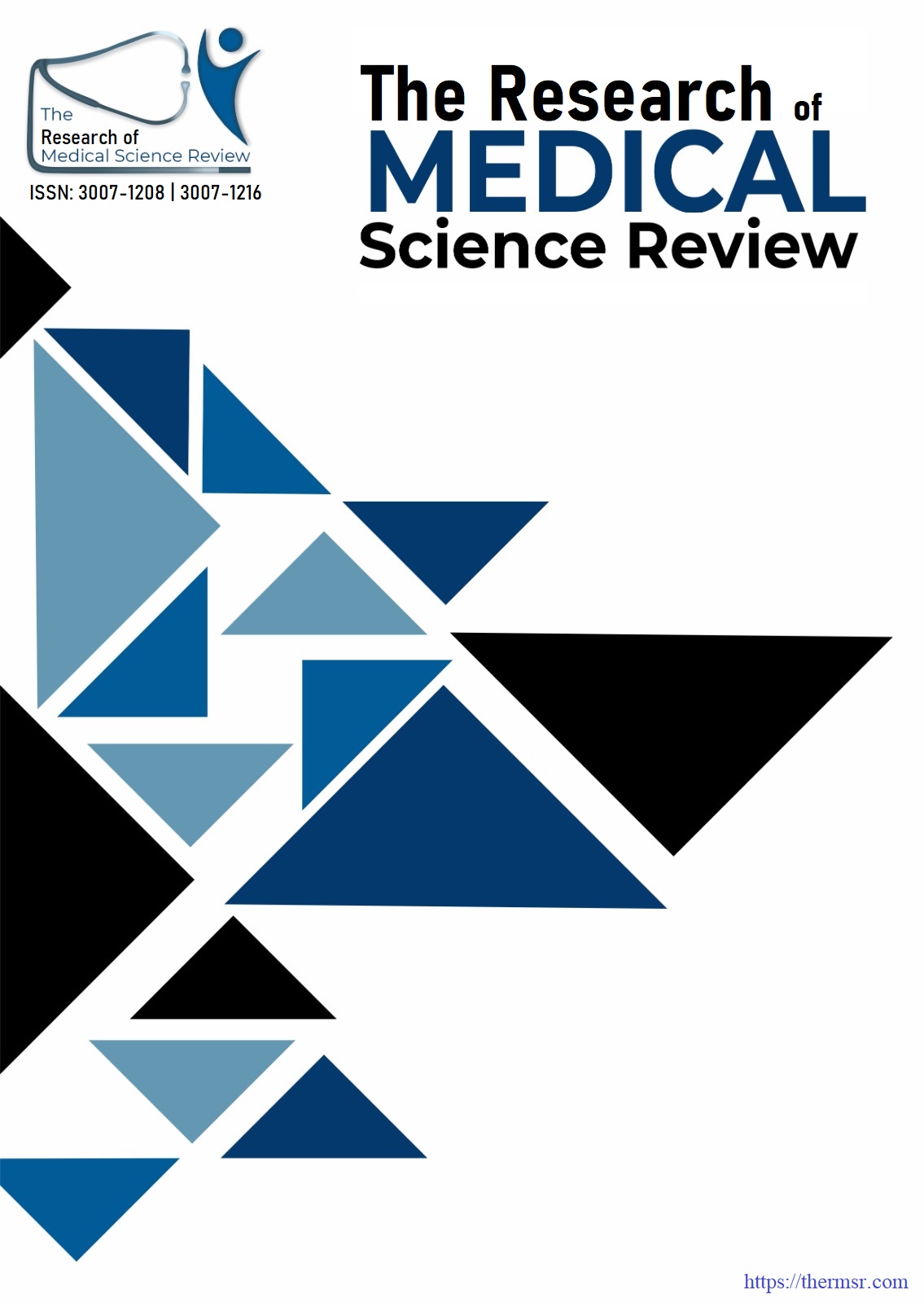INVESTIGATING MALARIA DYNAMICS IN DISTRICT SWAT KHYBER PAKHTUNKHWA
Main Article Content
Abstract
Malaria is regarded as a serious public health issue due to its high rates of morbidity and fatality. Malaria is preventable and curable, but it still has a terrible effect on people's health and means of sustenance around the world. Many Plasmodium species are pathogenic to humans. Female Anopheles mosquitoes, commonly referred to as malarial vectors, bite humans and thus naturally transmit the parasite Plasmodium. This study aimed to assess the prevalence of malaria in the Swat district over three years. This study employs a cross-sectional design utilizing data from District Health Officer Malaria Laboratory, Saidu Sharif, Swat. Findings reveal of prevalence rate of 5.20% in 2019 1.00% in 2020 and 1.10% in 2021 with P. vivax predominantly affecting males. The COVID-19 lockdowns in 2020 temporarily reduced malaria cases, but prevalence rebounded in 2021. These results show the need for ongoing malaria surveillance and highlight the impact of external factors such as the pandemic on disease transmission dynamics. Implementing targeted intervention and sustaining efforts in disease control remains crucial in the face of evolving challenges posed by infectious diseases like malaria.
Downloads
Article Details
Section

This work is licensed under a Creative Commons Attribution-NonCommercial-NoDerivatives 4.0 International License.
